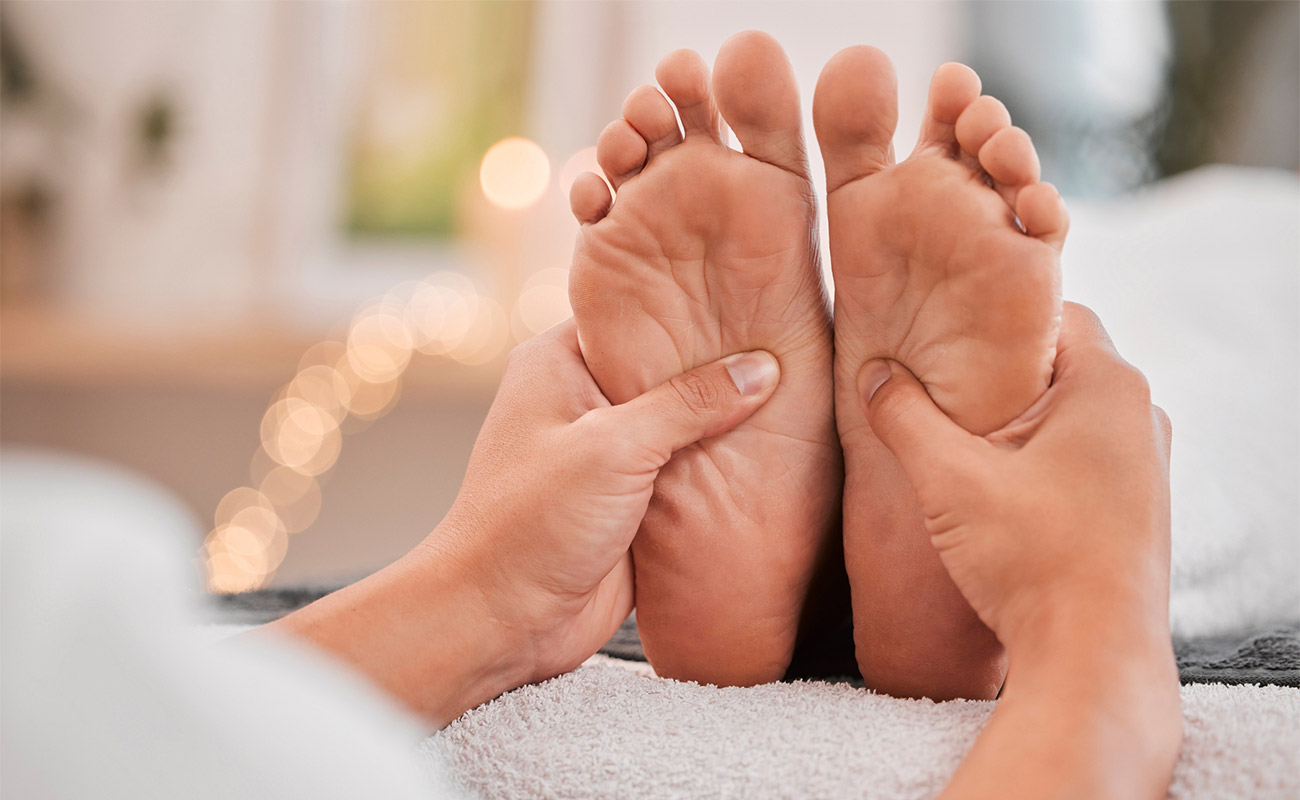
Reflexology, an old healing technique that dates back thousands of years, has obtained considerable popularity in recent years as a corresponding treatment for advertising general wellness and health. This all natural strategy to health is based upon the principle that particular factors on the hands, feet, and ears represent various organs and systems within the body. By using stress to these points, professionals intend to relieve various disorders and recover equilibrium to the body.
Reflexology foot chart showing pressure factors, watercolor style The beginnings of reflexology can be traced back to old worlds, consisting of Egypt and China. In fact, hieroglyphics found in the tomb of an Egyptian physician named Ankhmahor, going back to 2330 BC, portray what shows up to be a reflexology treatment. In traditional Chinese medication, the idea of qi (life force energy) moving via meridians in the body shares similarities with the principles of reflexology.
Modern reflexology, as we know it today, was developed in the very early 20th century by Dr. William Fitzgerald, an American ear, nose, and throat specialist. 秋葉原 introduced the concept of “zone therapy,” which divides the body right into 10 vertical areas. This work was additional fine-tuned by Eunice Ingham, often referred to as the “mom of modern-day reflexology,” who mapped out the reflexology factors on the feet that represent different body organs and body parts.
The core idea in reflexology is that by applying stress to certain points, specialists can stimulate the body’s all-natural healing processes. Using pressure to a point on the foot that matches to the liver is believed to boost and promote liver function. While scientific evidence sustaining these claims is limited, lots of individuals report experiencing take advantage of reflexology treatments.
A few of the possible advantages of reflexology include:
Anxiety decrease and leisure Improved circulation Pain alleviation Enhanced sleep quality Boosted immune system feature Improved food digestion Increased power degrees During a common reflexology session, the specialist will start by taking a look at the feet, hands, or ears for any type of abnormalities or tender areas. They will certainly after that make use of different strategies, consisting of thumb and finger walking, backup and hook, and rotation on toes, to apply stress to particular reflex points. The pressure used can vary from gentle to firm, depending upon the person’s requirements and level of sensitivity.
It’s essential to note that while reflexology can be an advantageous complementary therapy, it ought to not be utilized as a substitute for traditional clinical treatment. Always consult with a health care professional before starting any kind of brand-new therapy, especially if you have existing health and wellness problems or are expectant.
As rate of interest in different and all natural therapies proceeds to grow, reflexology has discovered its location in health spas, health facilities, and even some health care centers. Lots of people incorporate normal reflexology sessions into their self-care regimens, discovering it to be a relaxing and invigorating experience.
Whether you’re looking for remedy for a particular ailment or merely aiming to boost your overall health, reflexology uses a mild, non-invasive approach to wellness and recovery. By discovering the intricate connections between reflex factors and the body’s systems, this old method remains to intrigue and benefit individuals around the globe, linking the void between standard wisdom and contemporary wellness methods.
Reflexology foot graph showing pressure points, watercolor style The beginnings of reflexology can be traced back to ancient civilizations, consisting of Egypt and China. In standard Chinese medicine, the principle of qi (life pressure energy) streaming via meridians in the body shares similarities with the concepts of reflexology.
This work was additional improved by Eunice Ingham, often referred to as the “mom of contemporary reflexology,” that mapped out the reflexology points on the feet that correspond to numerous organs and body components.
The core idea in reflexology is that by using pressure to specific points, professionals can boost the body’s natural healing processes.